Winter can be harsh on your skin—cold air, harsh winds, and indoor heating strip away moisture, leaving it dry, flaky, and irritated. The secret to combatting this? Layering your skincare properly.
If you’ve ever felt like your skincare just isn’t working during colder months, it’s likely because you’re not applying products in the right order. A strategic layering routine ensures that every product penetrates properly, keeping your skin hydrated, resilient, and glowing—even in freezing temperatures.
1. Start with a Hydrating Cleanser
Winter skin needs gentle cleansing—stripping away too many natural oils leads to dehydration and irritation. Opt for a creamy or oil-based cleanser that removes impurities without compromising your skin’s protective barrier.
Research confirms that occlusive skincare formulations help prevent excessive moisture loss in cold weather (Claes & Piérard, 2002).
Try This:
-
Wash with lukewarm (not hot!) water to avoid stripping oils.
-
Rejûvaskin’s Facial Cleanser is formulated to gently cleanse while maintaining your skin's natural moisture balance.
2. Hydrating Toner: Boost Moisture Immediately
Toners are not just for oily skin. In winter, they help replenish lost hydration and prep your skin for serums.
Hydrating toners with hyaluronic acid and ceramides are proven to enhance moisture retention and fortify the skin barrier (Callejon et al., 2020).
Try This:
-
Look for alcohol-free toners with hyaluronic acid, glycerin, or ceramides.
-
Press the toner into your skin with your hands for better absorption.
3. Hydrating Serum: Lock in Deep Moisture
Serums contain highly concentrated active ingredients designed to address specific skin concerns. In winter, your skin needs more than just hydration—it needs barrier repair.
Lipids, ceramides, and niacinamide help strengthen the skin barrier and prevent moisture loss, making them ideal for winter (Tamura et al., 2020).
Try This:
-
Use a hyaluronic acid serum followed by a ceramide-rich serum for maximum hydration.
-
Allow 30-60 seconds between serums for proper absorption.
4. Moisturizer: The Protective Shield
Your moisturizer locks in all previous layers, keeping hydration from escaping. The richer, the better in winter.
Studies show that using a moisturizer with occlusive ingredients like shea butter and squalane significantly improves hydration and repairs skin damage caused by winter conditions (Kikuchi et al., 2003).
Try This:
-
Rejûvaskin’s ReVita-D Facial Moisturizer deeply nourishes and strengthens the skin barrier. Discover it here.
-
Apply while skin is still damp to seal in moisture.
5. Occlusive Layer: Extra Protection for Harsh Winters
If your skin is still dry and tight, it’s time to seal everything in with an occlusive.
Petrolatum-based occlusives help prevent moisture loss by creating a protective barrier over the skin (Clinical andLaboratory Investigations, 2003).
Try This:
-
Use a few drops of facial oil (jojoba, squalane, or rosehip) over your moisturizer.
-
If your skin is extremely dry, apply a thin layer of petroleum jelly at night.
6. SPF: Yes, even in Winter!
Sunscreen is non-negotiable year-round. UV rays still penetrate clouds and cause premature aging—even in winter.
Broad-spectrum SPF protects against oxidative stress and environmental damage that can worsen winter skin sensitivity (Weistenhöfer et al., 2016).
Try This:
-
Rejûvaskin’s Mineral Facial Sunscreen offers broad-spectrum protection while hydrating your skin. Check it out here.
-
Apply even on cloudy days.
Winter skincare is all about hydration, layering, and sealing in moisture. If you follow these steps, your skin will stay radiant, soft, and protected—even in the harshest weather.
Rejûvaskin’s range of products, including the Facial Cleanser, ReVita-D Facial Moisturizer, and Mineral Facial Sunscreen, are perfect additions to your winter routine, helping lock in hydration and restore skin resilience. Try them today and say goodbye to dry winter skin!
Works Cited
-
Claes, G., & Piérard, G. (2002). Biometrological Assessment of Skin Protectors against Moderate Cold Threat. Exogenous Dermatology. link.
-
Weistenhöfer, W., Uter, W., & Drexler, H. (2016). Has Dry/Cold Weather an Impact on the Skin Condition of Cleanroom Workers? Journal of Toxicology and Environmental Health. link.
-
Clinical and Laboratory Investigations. (2003). Dermatology Research on Emollients and Skin Protection. link
-
Tamura, E., Ishikawa, J., Yasuda, Y., & Yamamoto, T. (2020). The efficacy of synthetic pseudo‐ceramide for dry and rough lips. International Journal of Cosmetic Science. link
-
Kikuchi, K., Kobayashi, H., Hirao, T., et al. (2003). Improvement of Mild Inflammatory Changes of the Facial Skin Induced by Winter Environment. link.
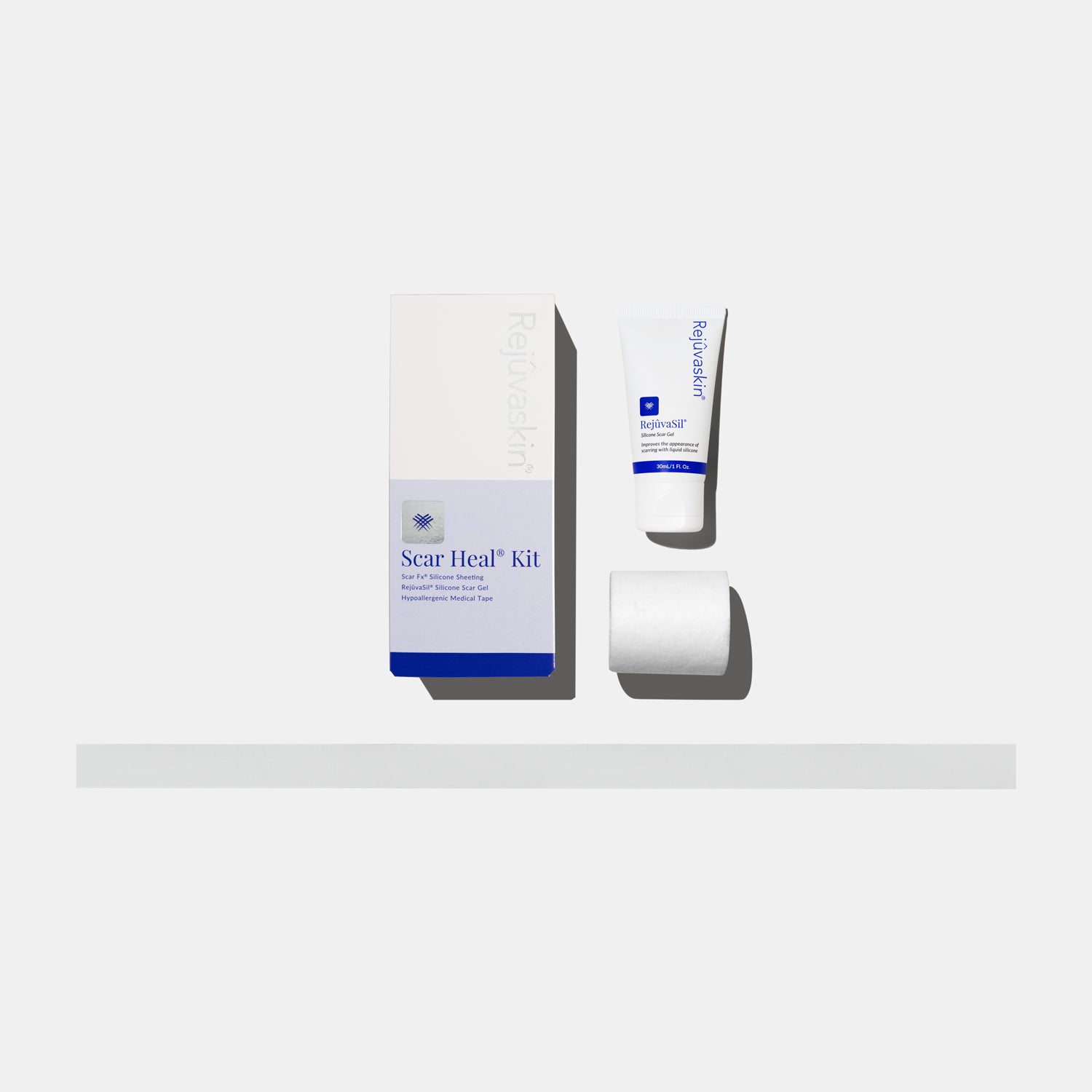


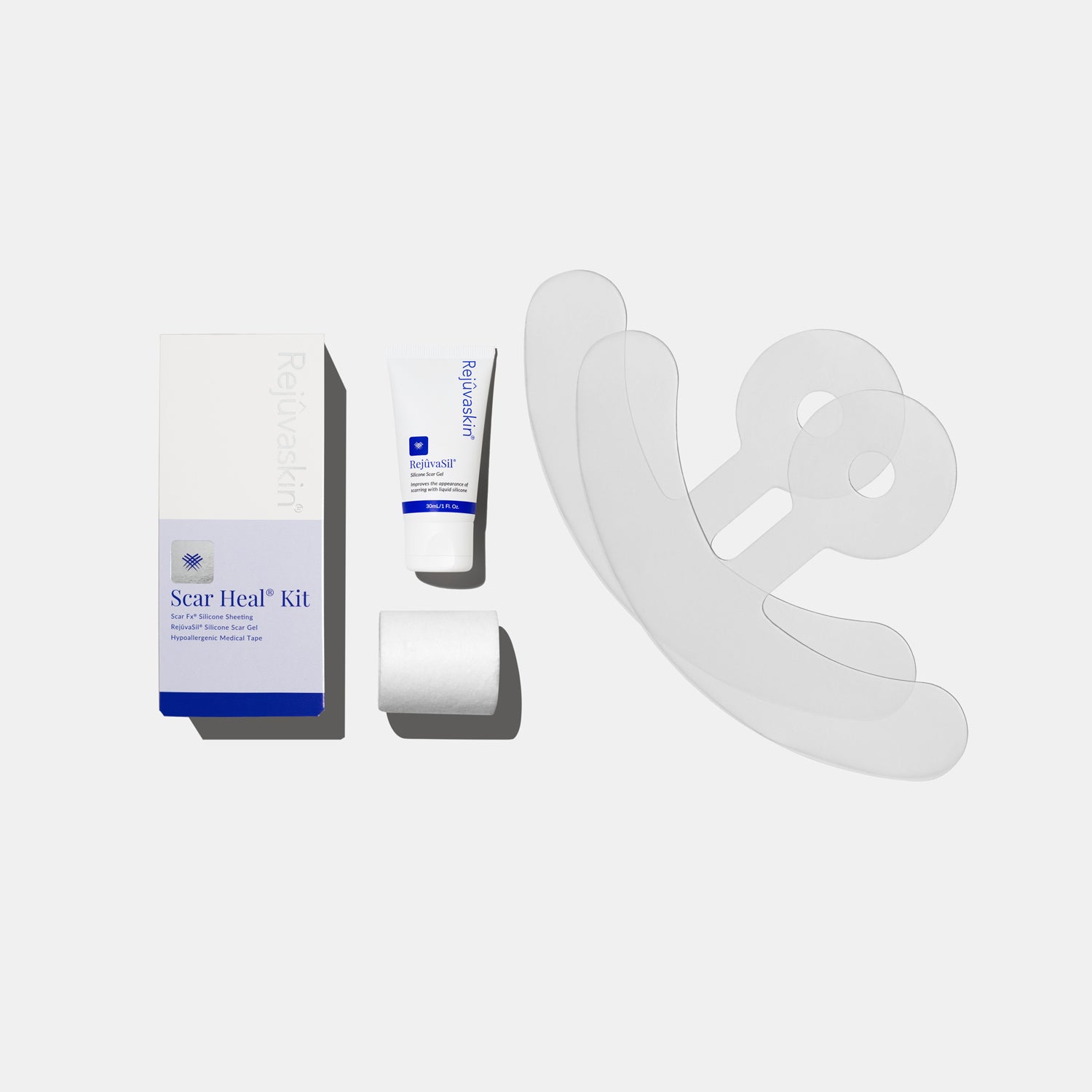
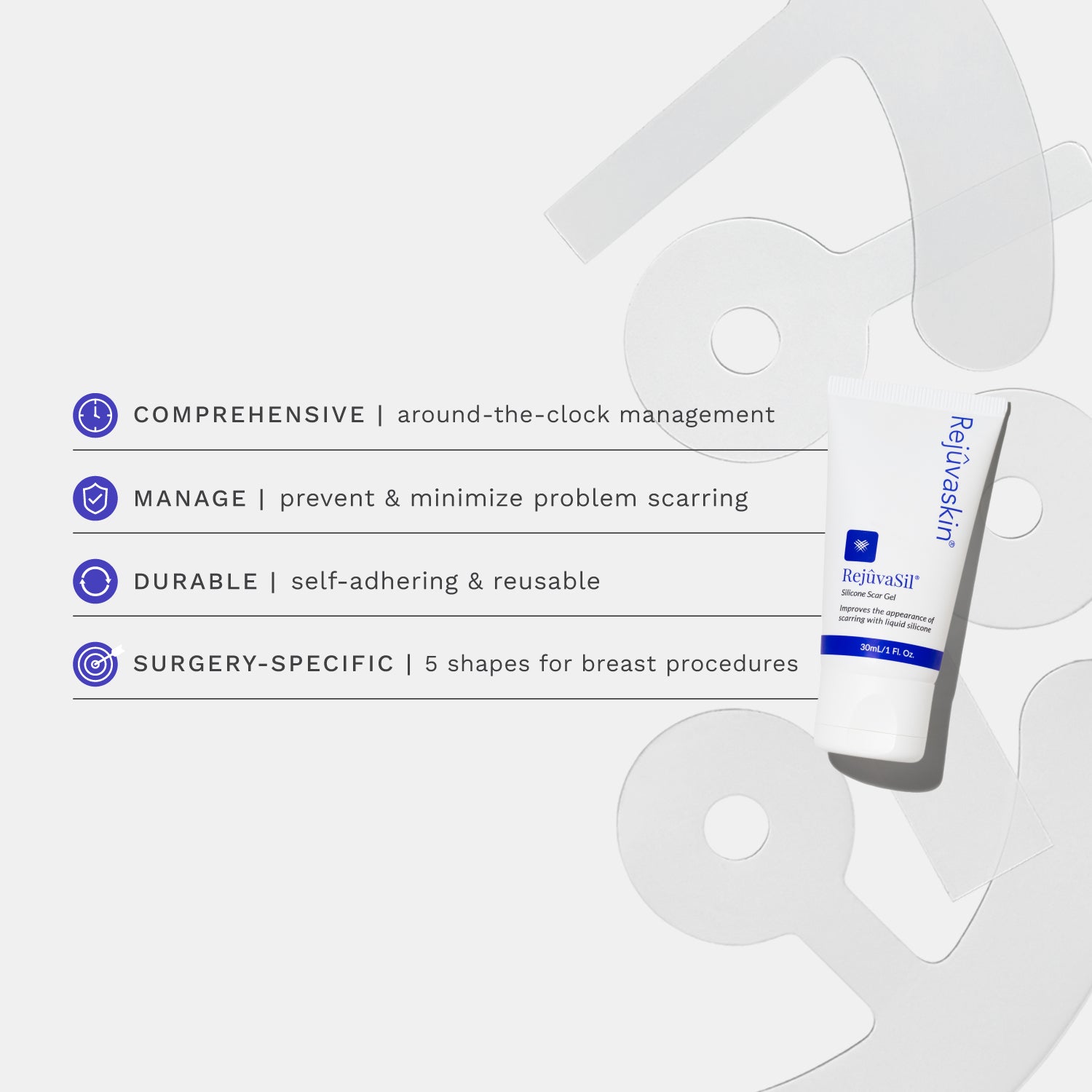
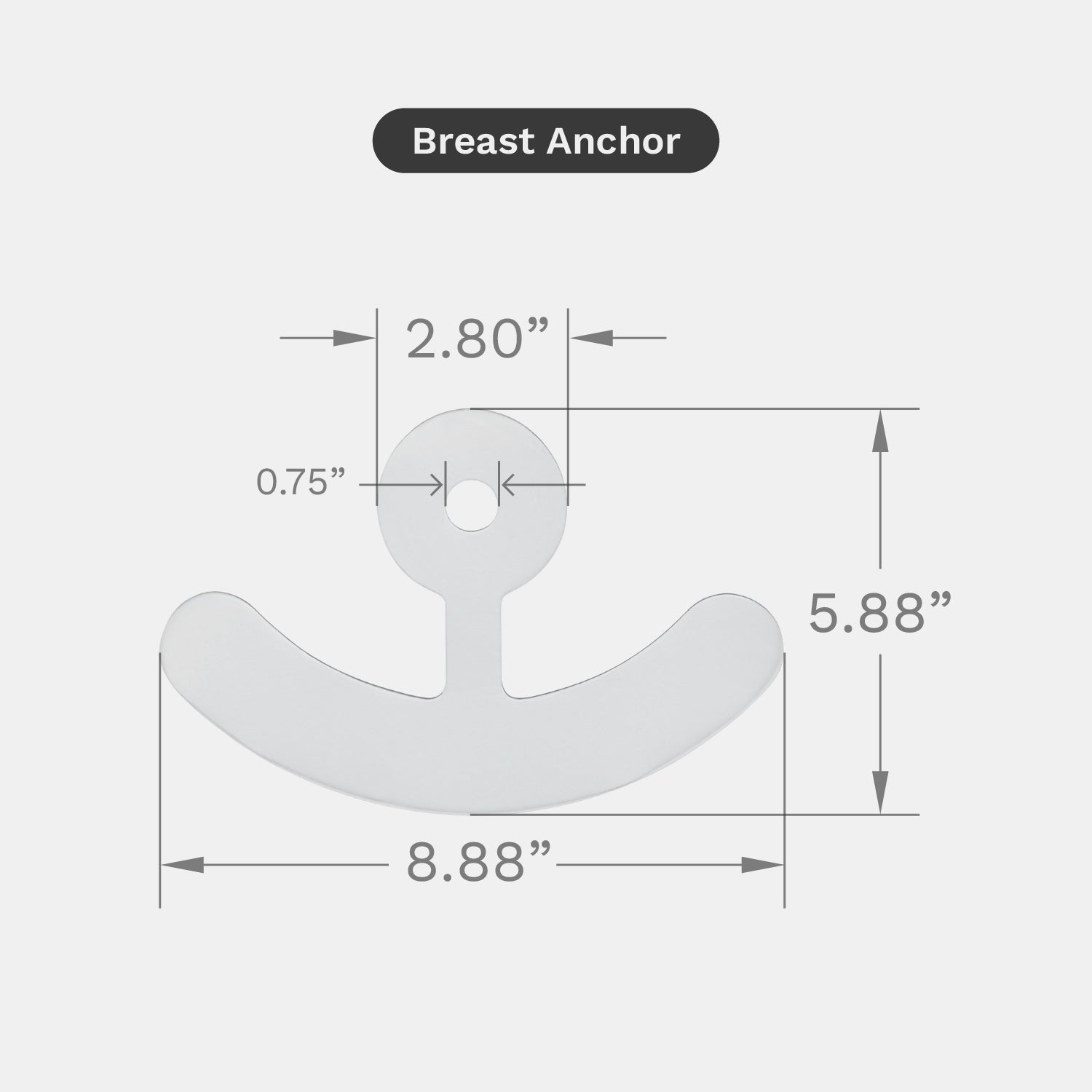
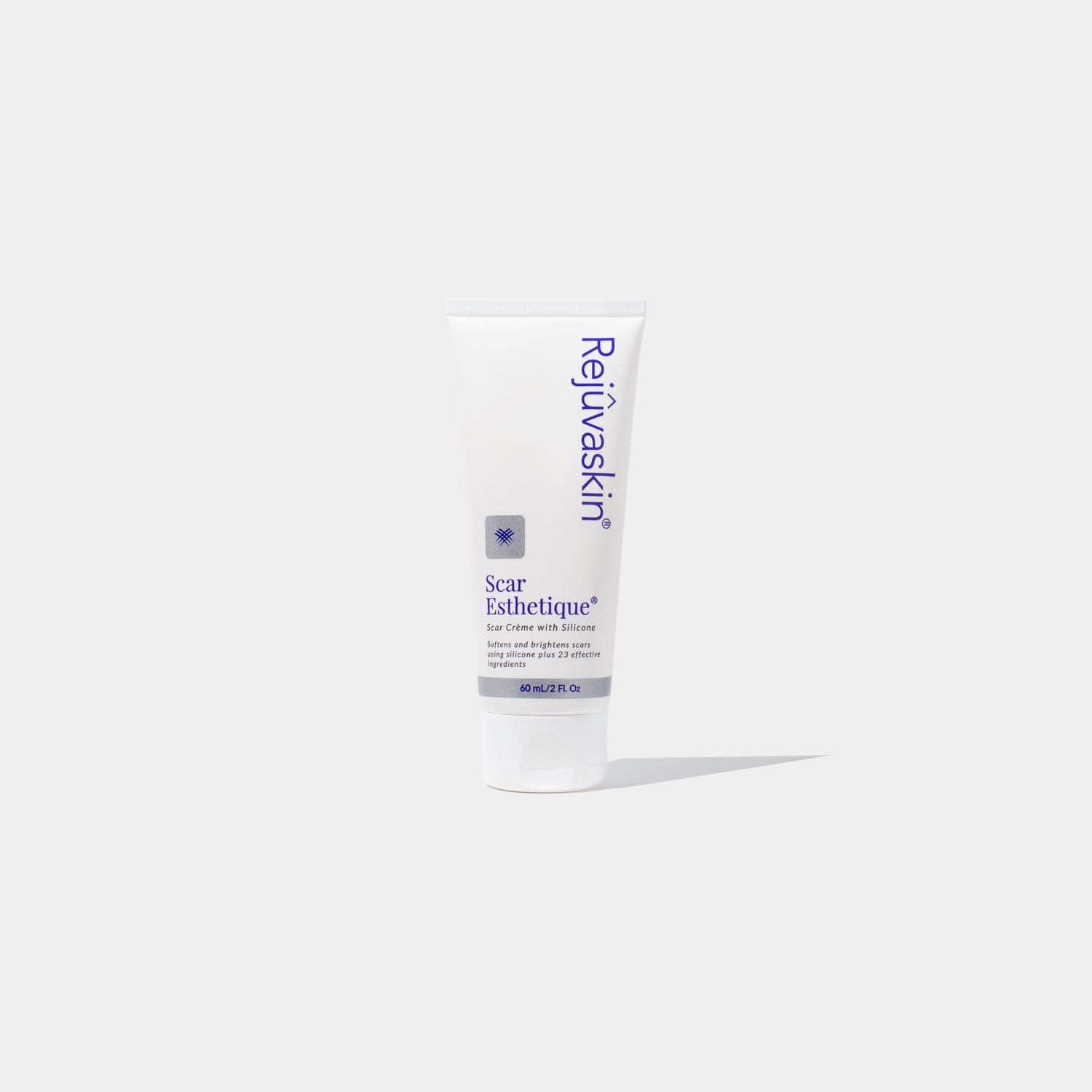
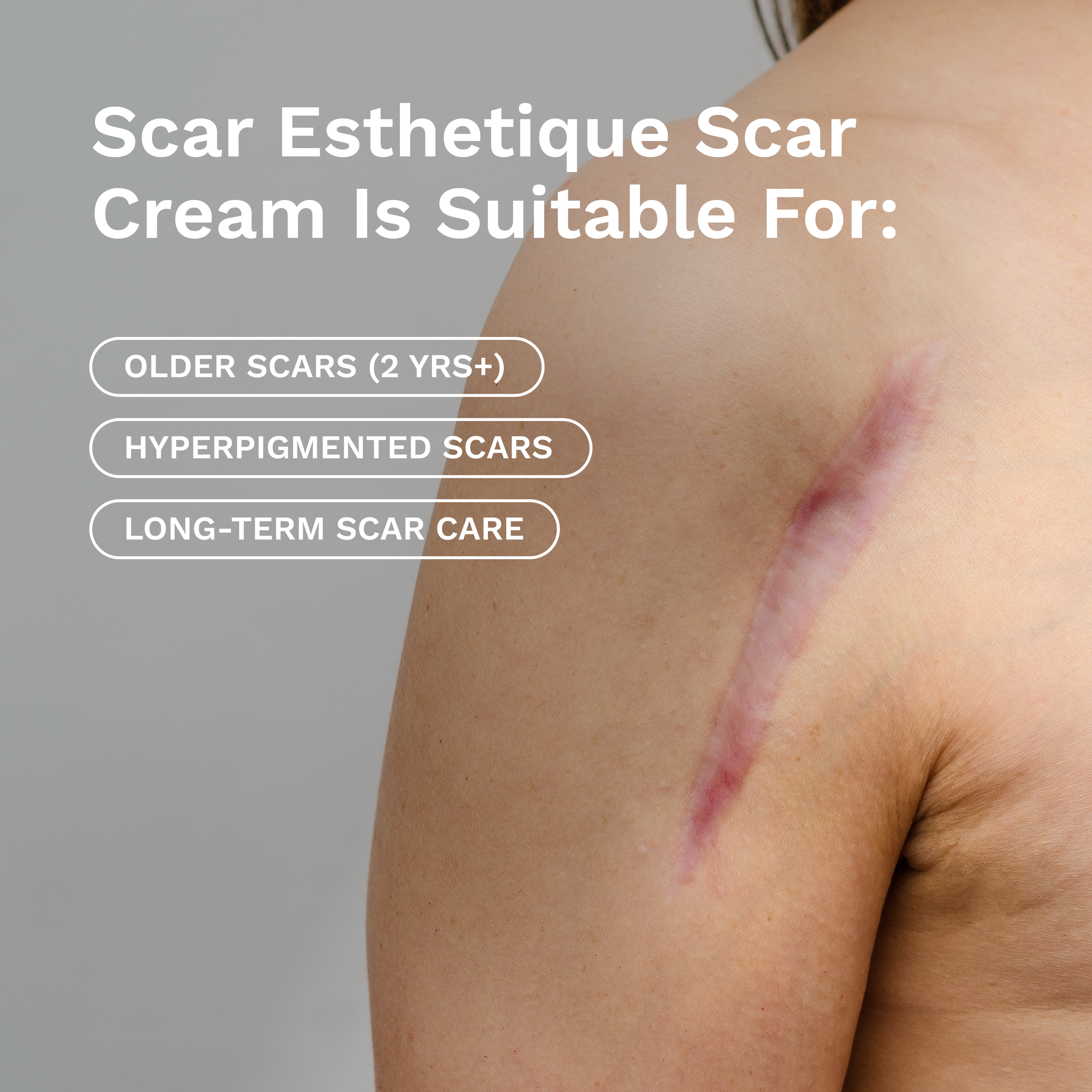








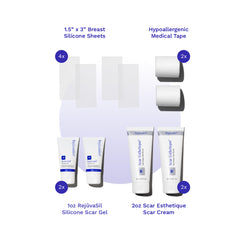
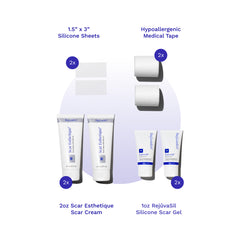

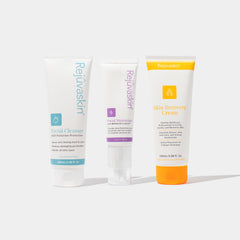
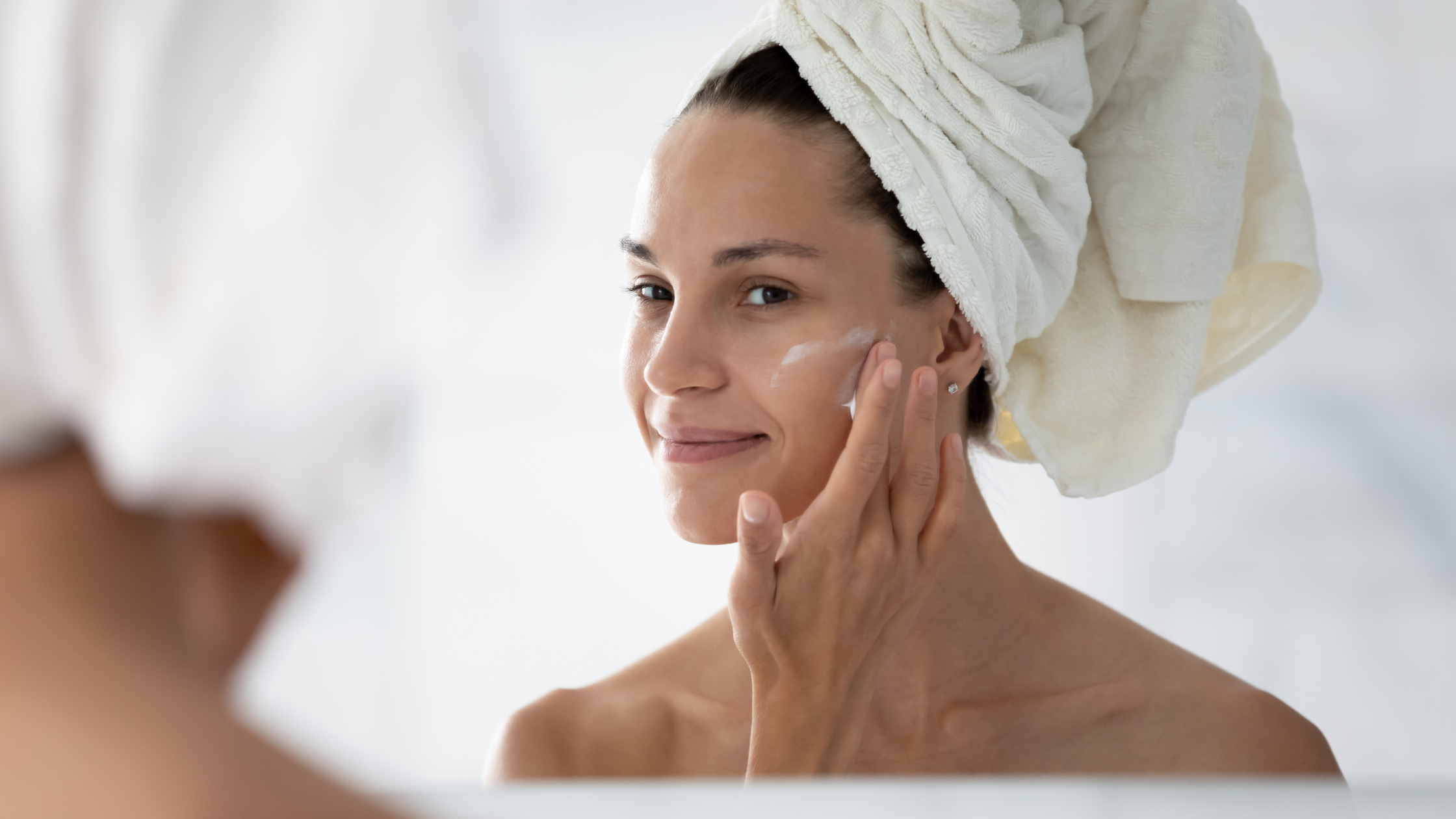
Leave a comment